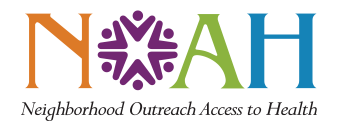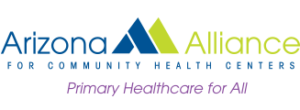Get Fresh at Your Local Farmers Market
There are many ways we can properly fuel our body, and a good way to start is by being surrounded by nutritious foods such as the ones you can find at the farmers market. Around the valley, you can find a variety of farmers markets with local vendors and farmers year-round. You can find fresh produce, delicious food, and even homemade products. It’s a great way to try new things you wouldn’t typically find in stores.
Reasons to attend a local farmer’s market:
- Enjoy seasonal produce – the produce is as fresh as it gets and usually at its peak in flavor.
- Support your local farmers – this helps the local economy by supporting small businesses and creating more jobs.
- Cheaper prices – you can typically find great deals on conventional and organic produce.
- Less carbon footprint – farm to table is much closer when you’re shopping at your local farmer’s market a few miles away from home.
- Physical activity – you’ll do plenty of walking while traveling between vendors and getting some fresh air is always a great decision.
- Variety – you’ll find a variety of vendors selling pasta, bread, and fruits and vegetables among many other edible and non-edible items.
Tips for the farmer’s market:
- Get there early – you want to increase your chances of finding the most variety before the crowd arrives.
- Bring your own bags – most booths don’t offer any and you can help save some plastic.
- Bring the family, pets are welcomed too – this is a great way to involve children by allowing them to choose their fruits and vegetables.
- Talk to the farmers – they love sharing about their farming practices and will share some tips and tricks on food preparation.
- Shop the color of the rainbow – For a well-balanced diet, pick fruits and vegetables of all different colors for a variety of vitamins and minerals.
- Sample before you buy – this allows you to try different products without having to buy them first.
- Shop the deals – walk around once writing down prices or produce and come around a second time shopping for the best prices. If you find a great deal, buy extra to freeze, or make into large batches for leftovers.
On WIC, SNAP, or 60 years and older? Keep reading.
If you are on WIC or are a qualifying senior, you may be eligible for $80 (per family member) to $100 toward your purchase of locally grown produce at a participating farmer’s market. Collect coupons from February 15 to September 30 at these participating locations: Locations – Arizona Farmers Market Nutrition Program (azfmnp.org).
SNAP Recipients:
Do you have a SNAP/EBT card with an active balance? For every $1 you spend, you receive an additional $1 to spend on fruits and veggies, dried beans, and edible plants and seeds – there is no daily limit on how much you can double.
Click here for participating locations: Locations — Double Up Food Bucks Arizona (doubleupaz.org)
If you have any questions regarding nutrition related concerns, request an appointment online or call 480-882-4545 to schedule with one of NOAH’s registered dietitians.


